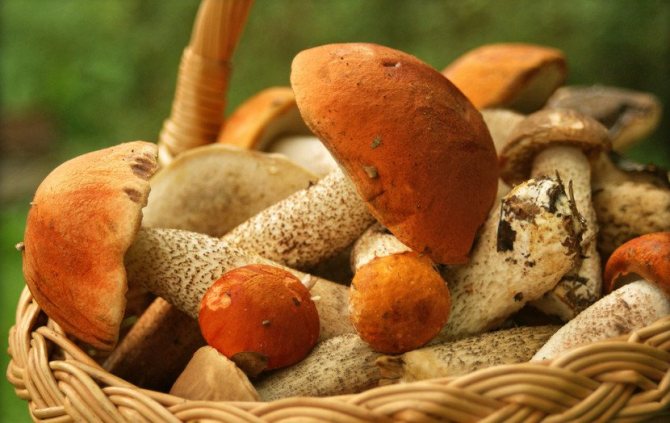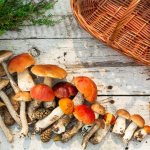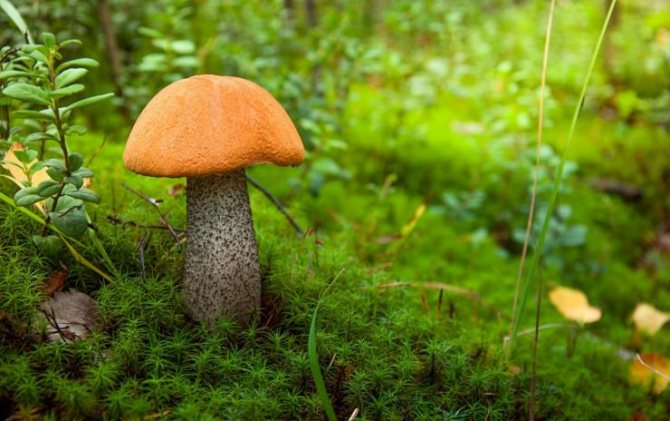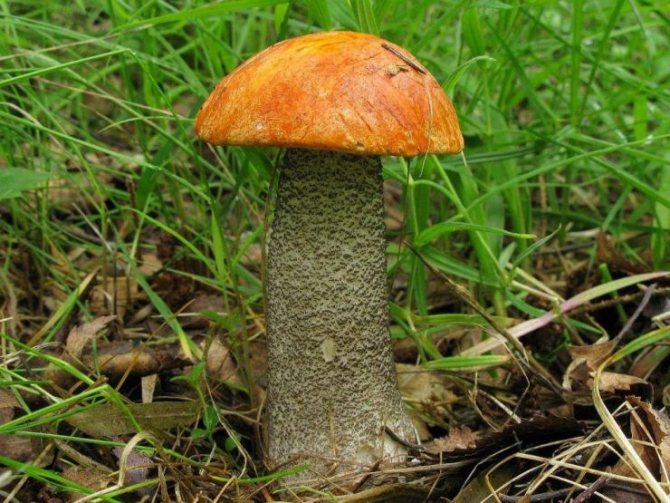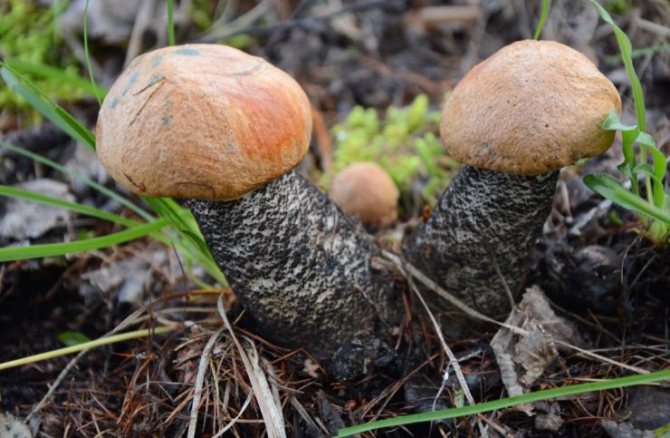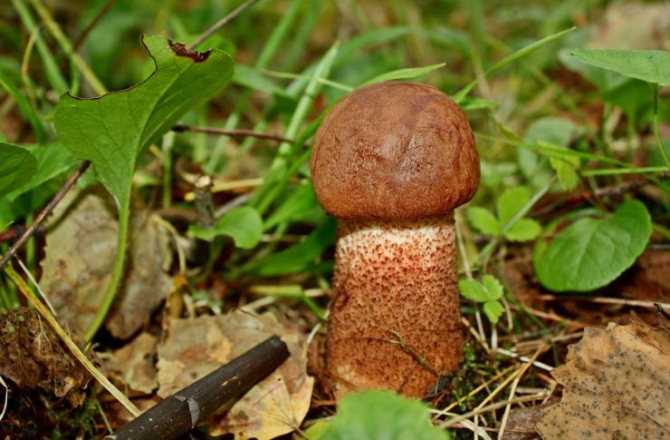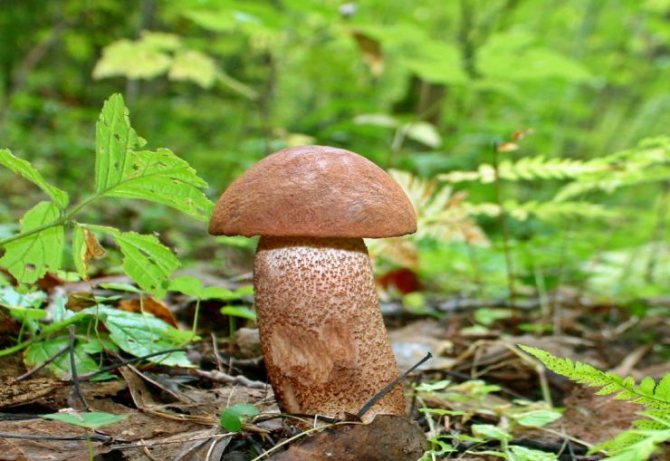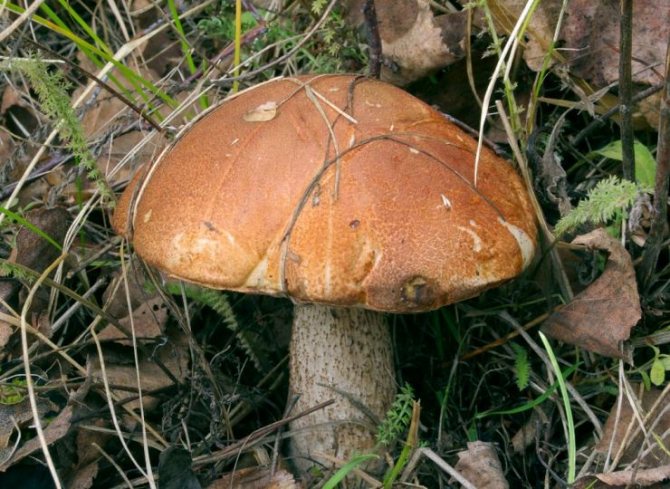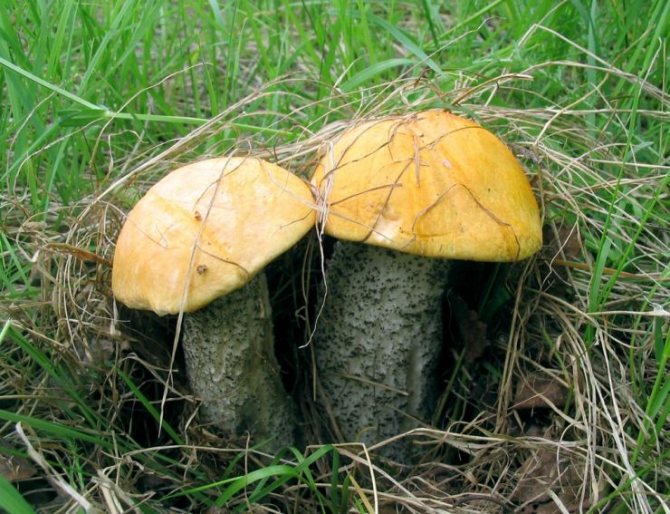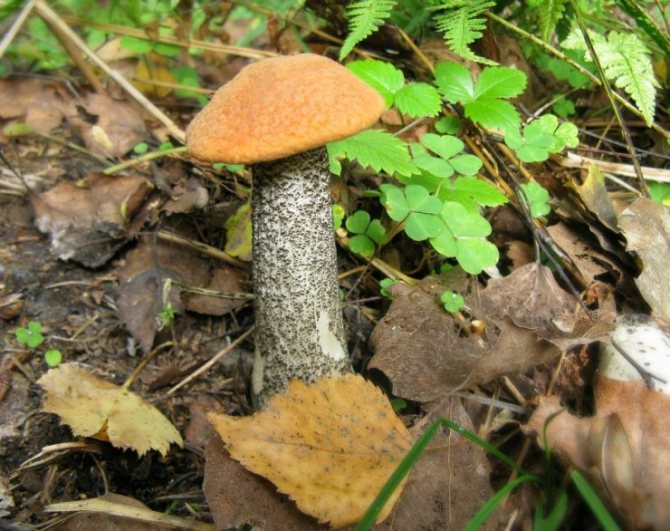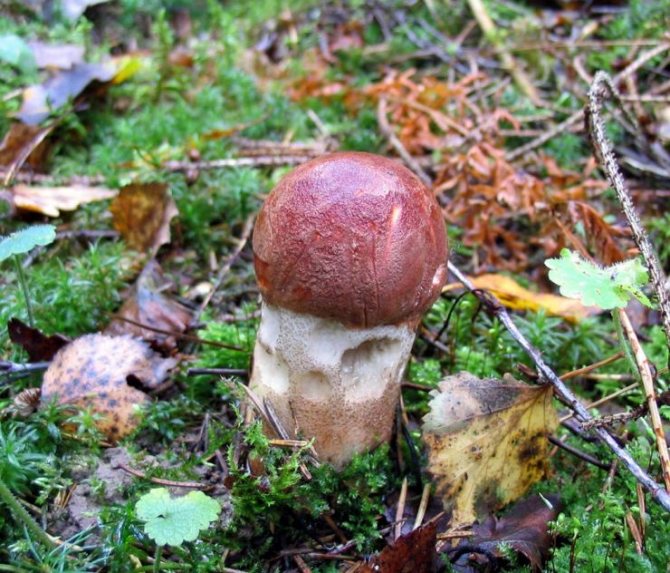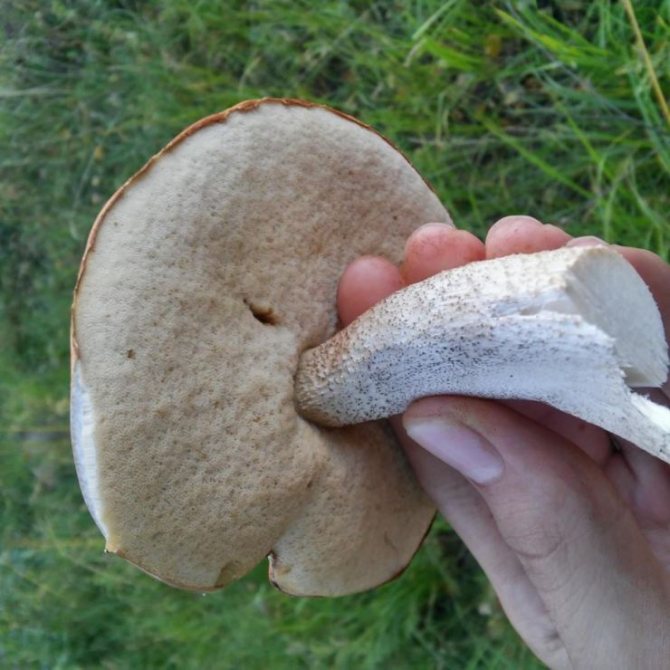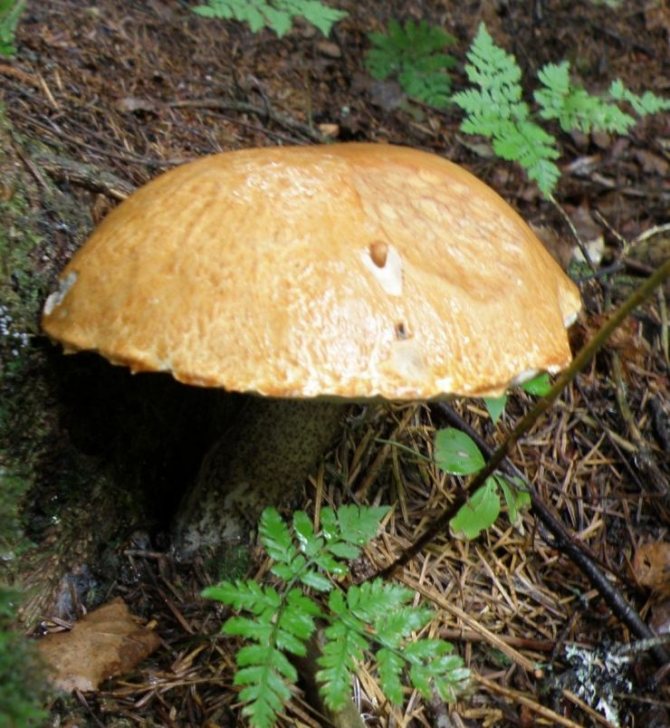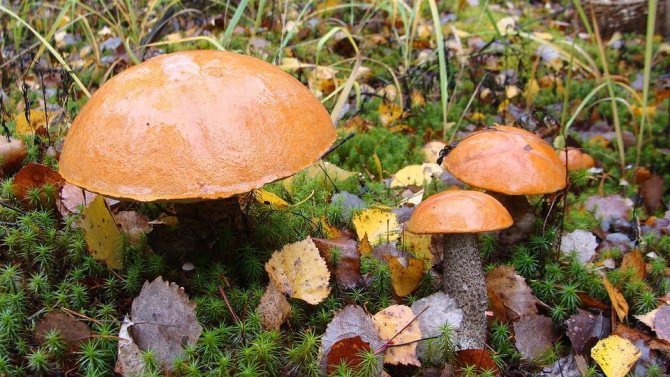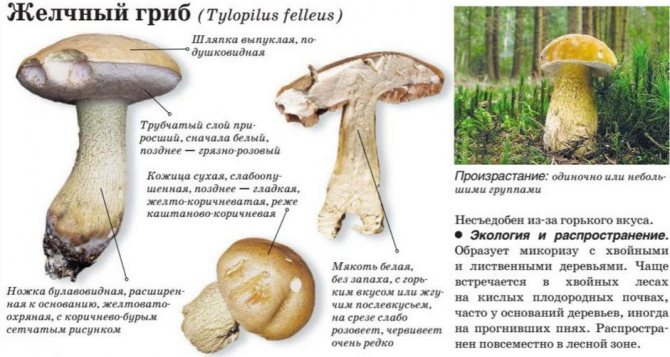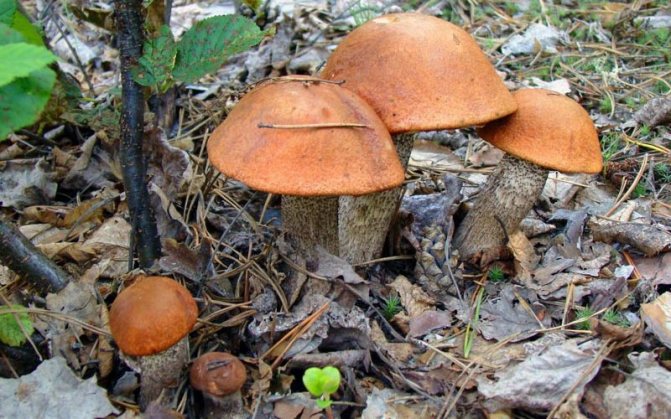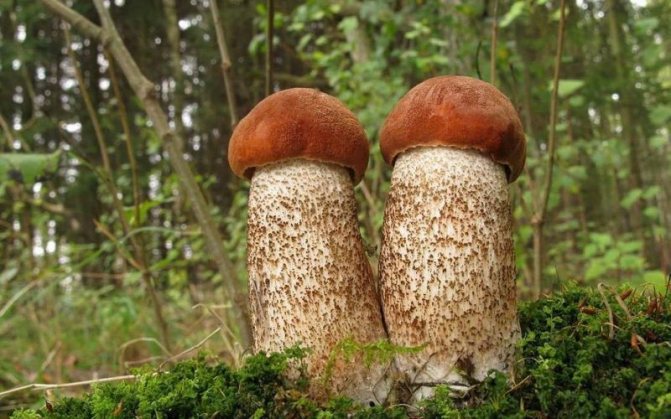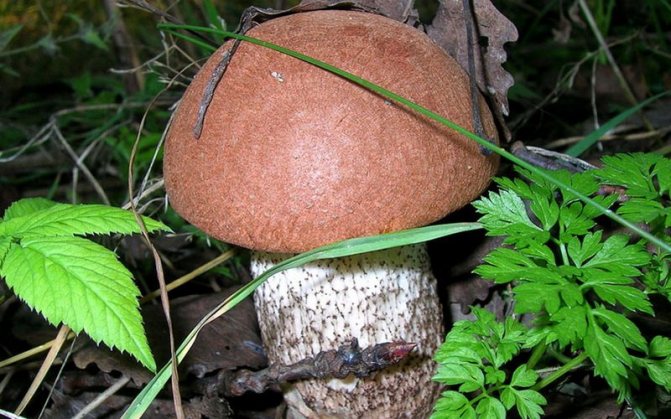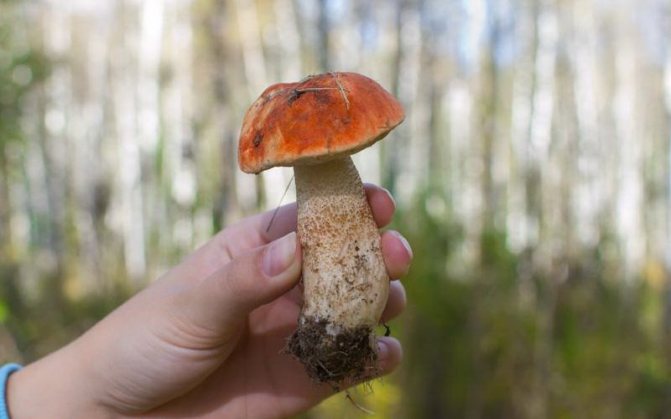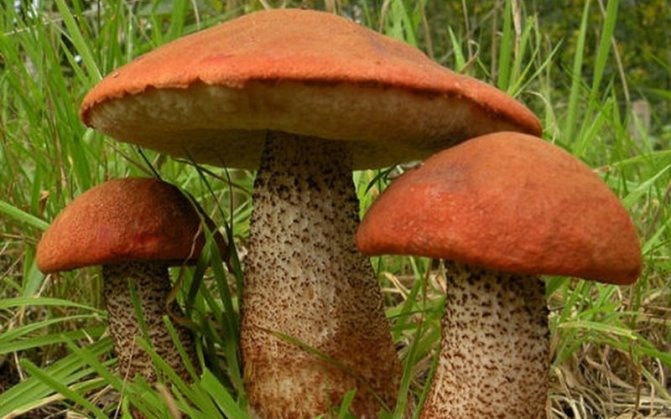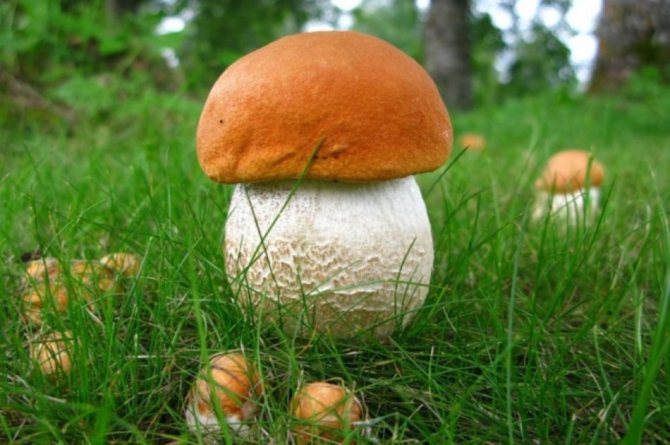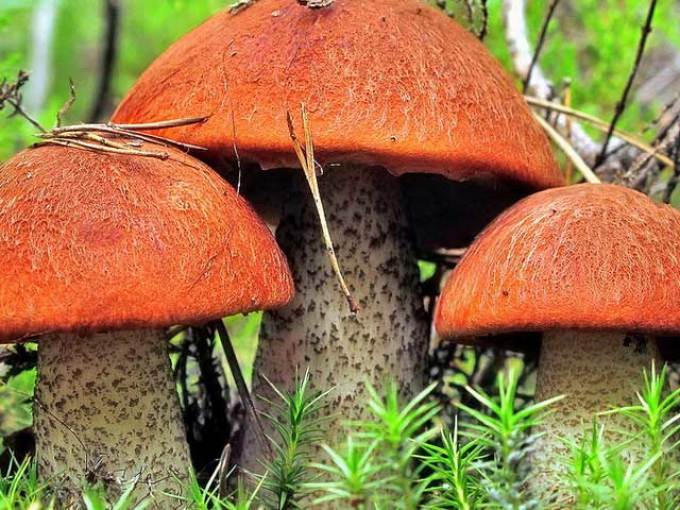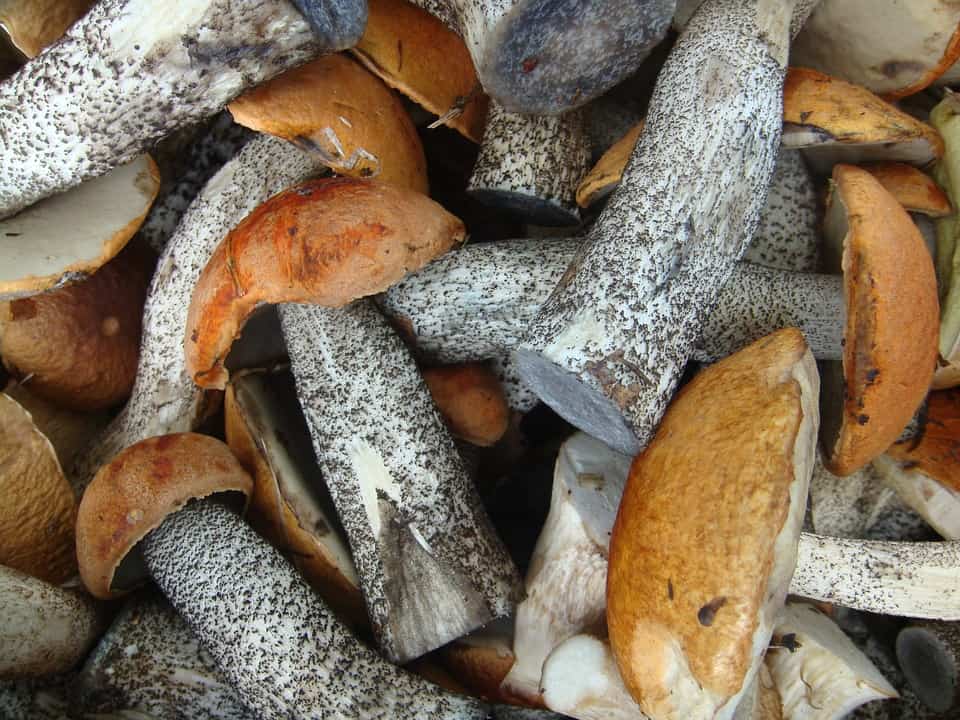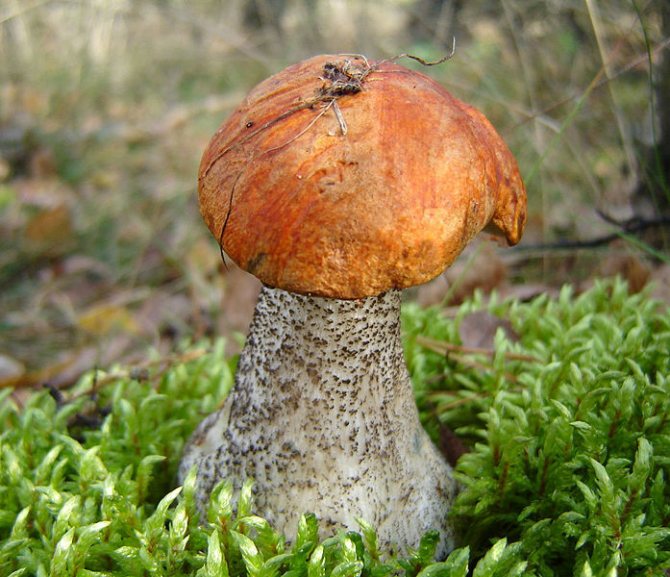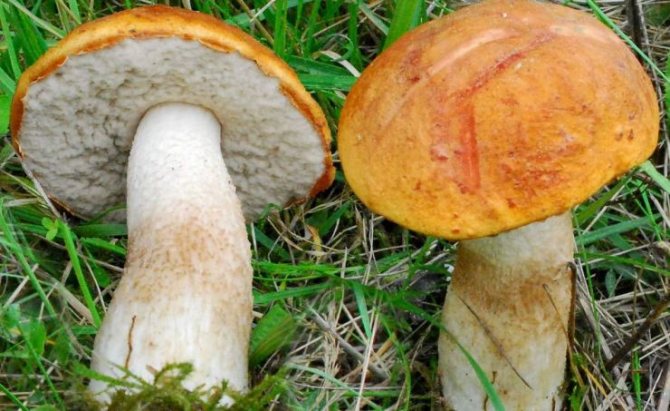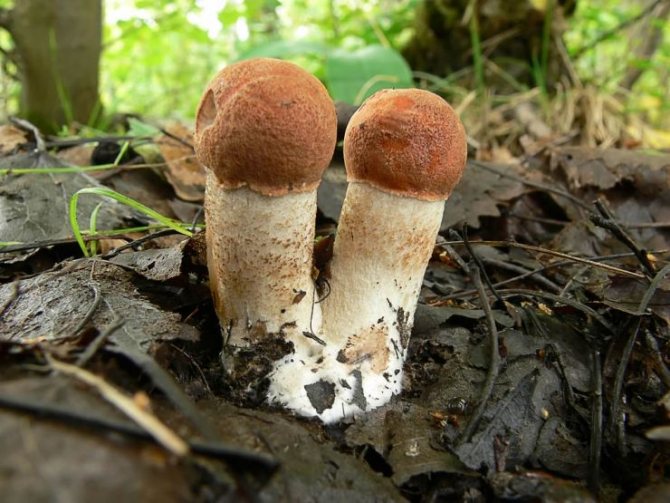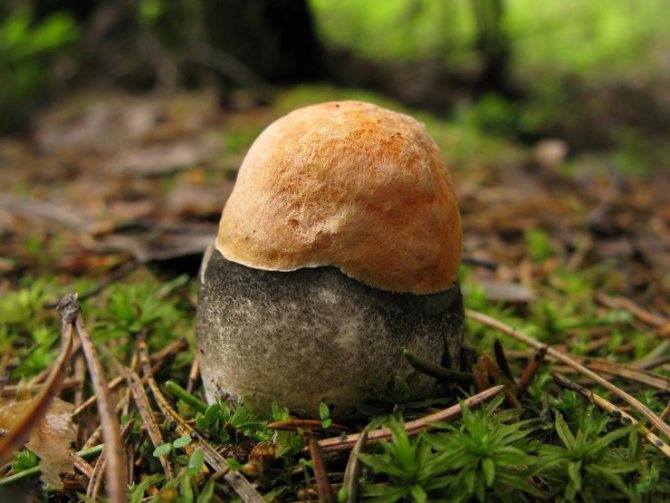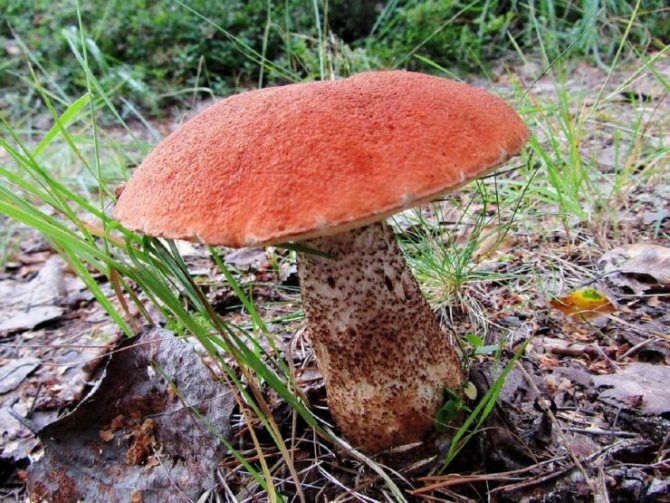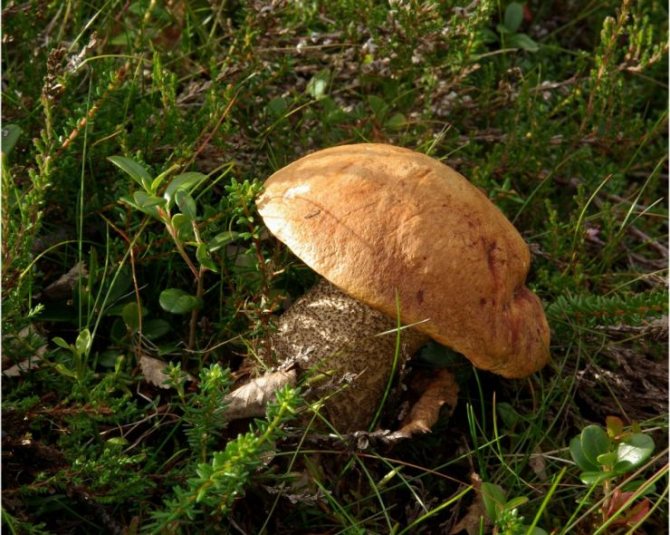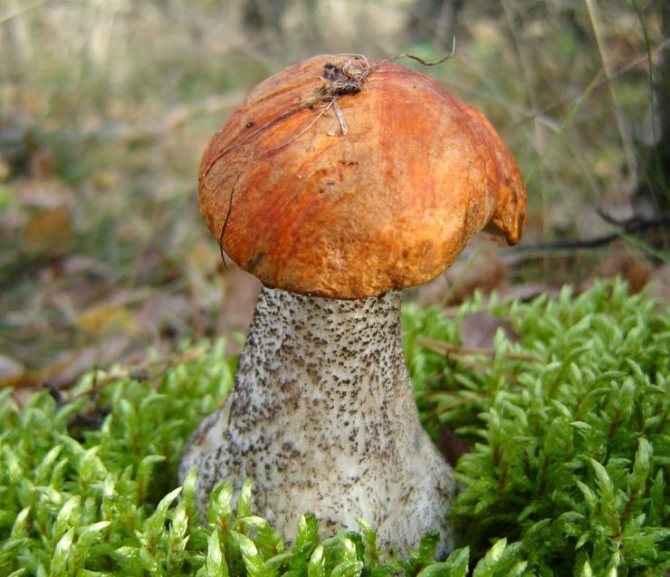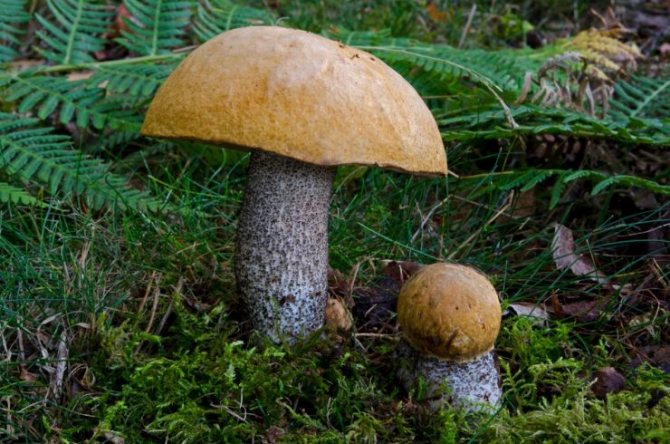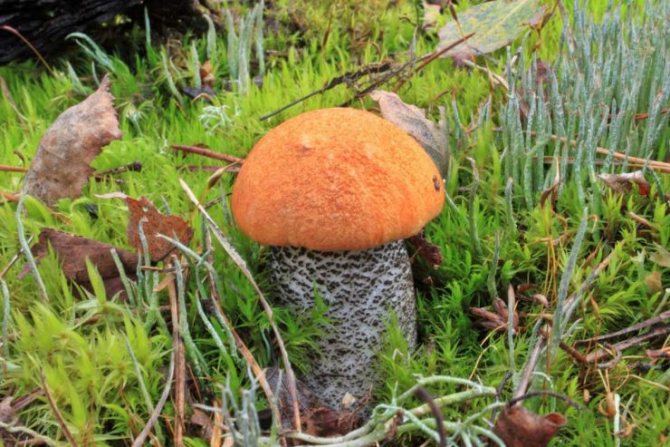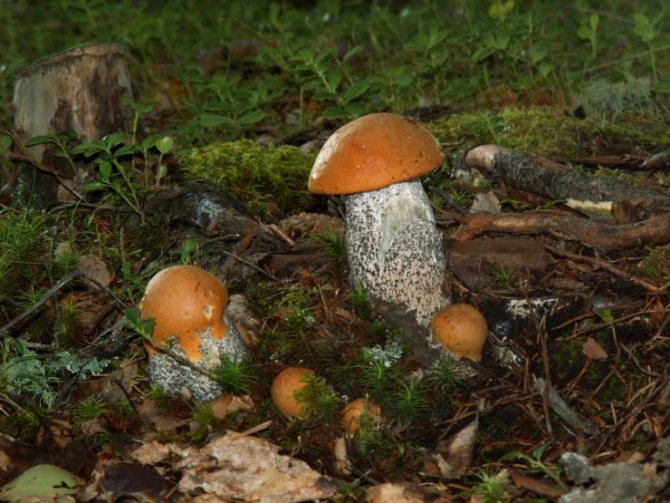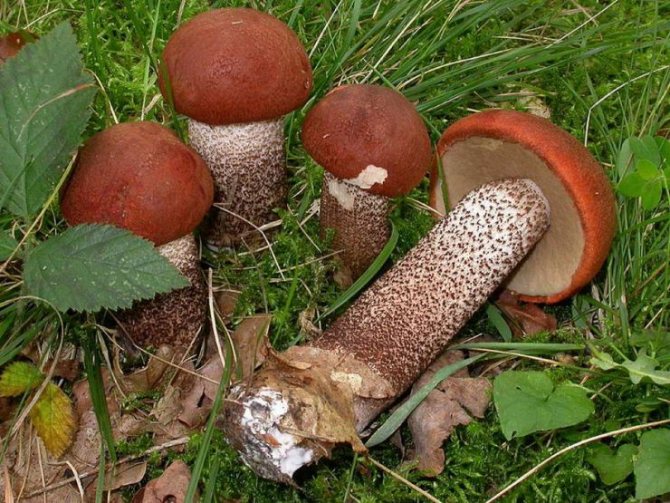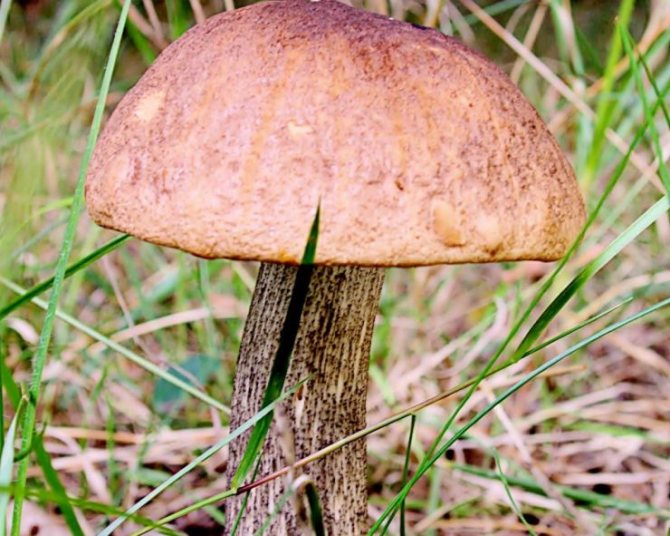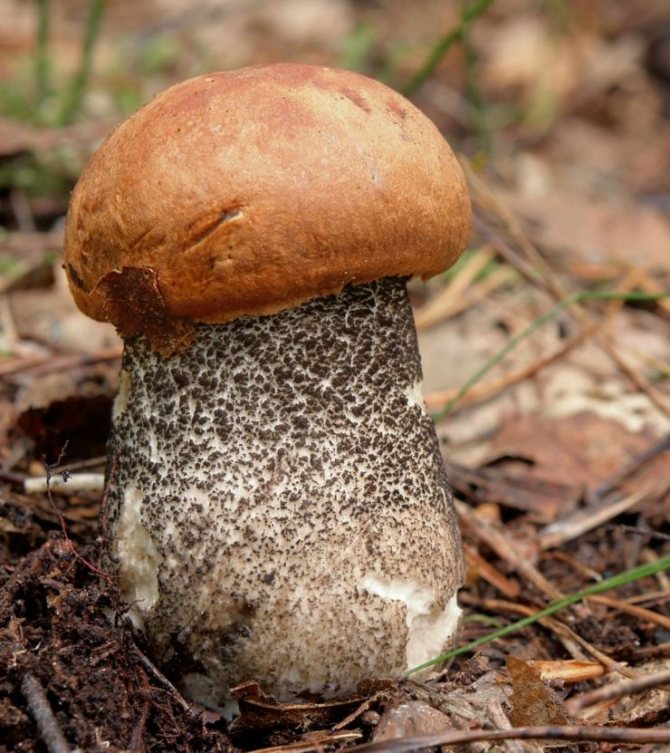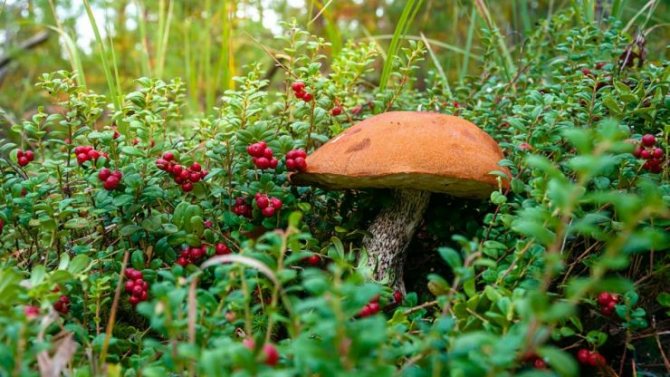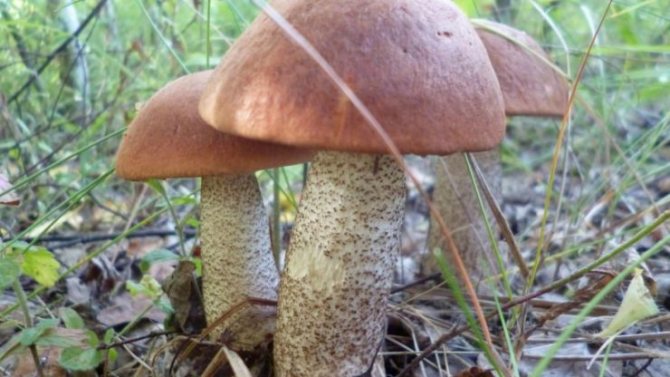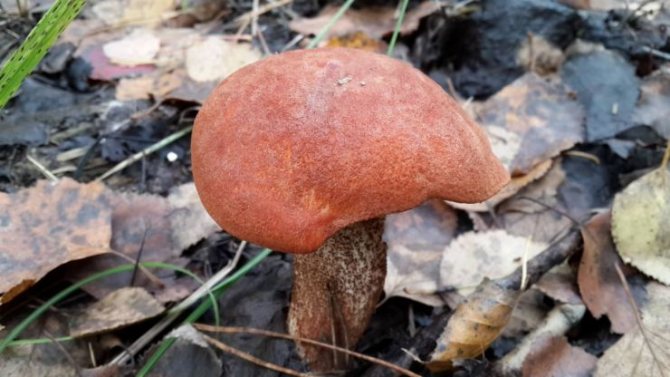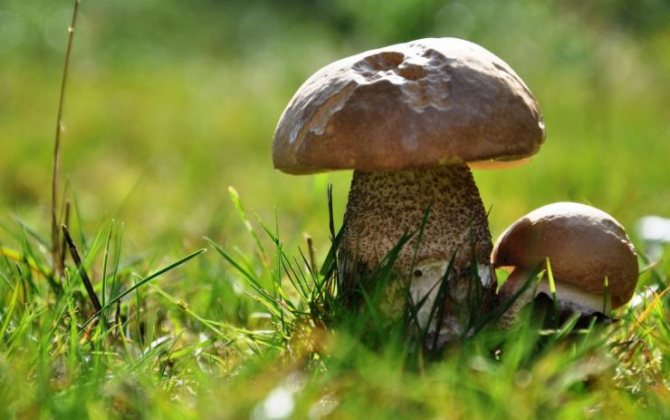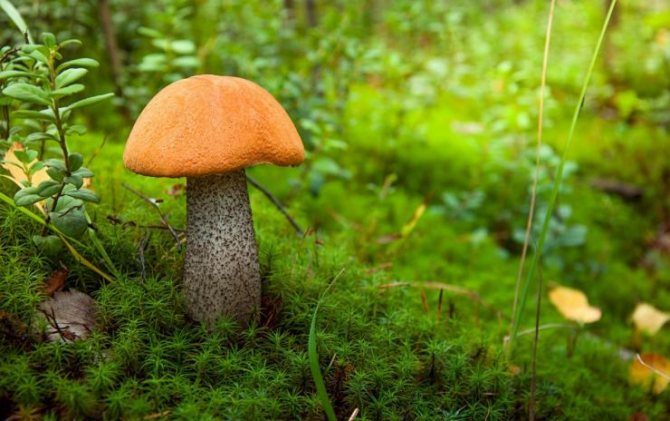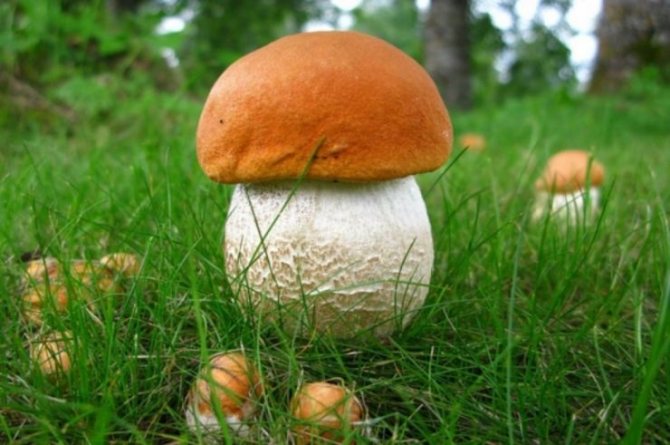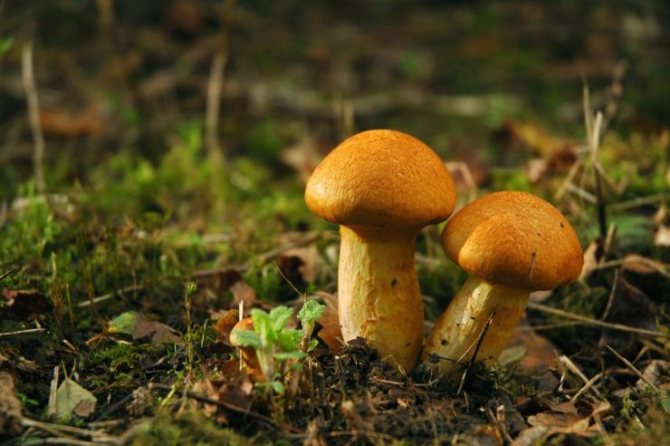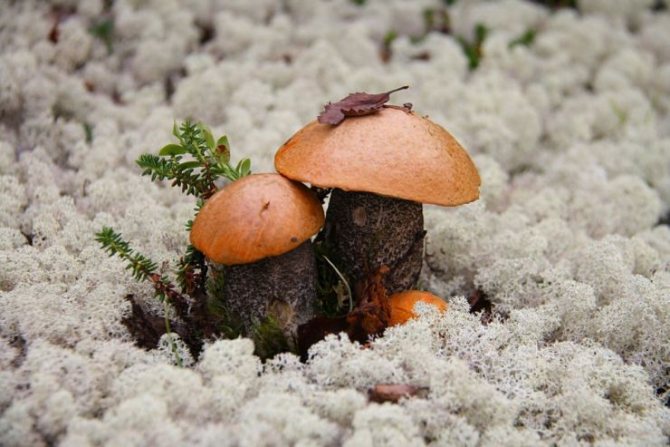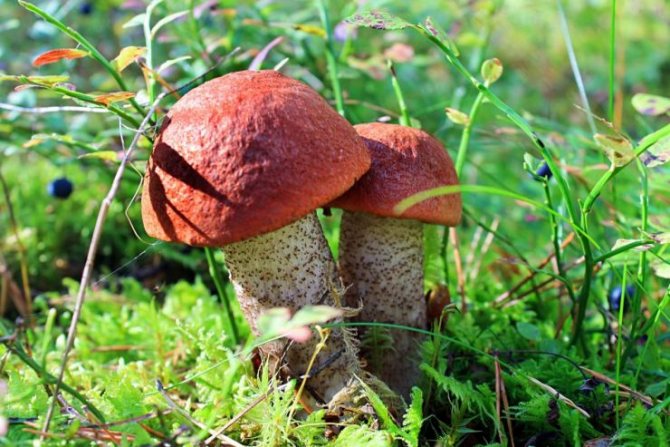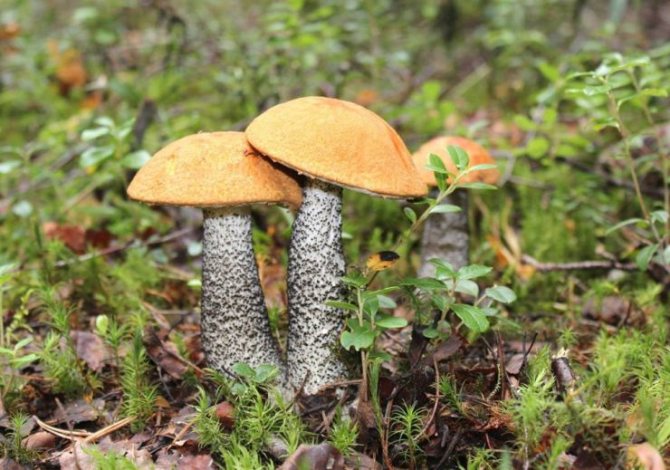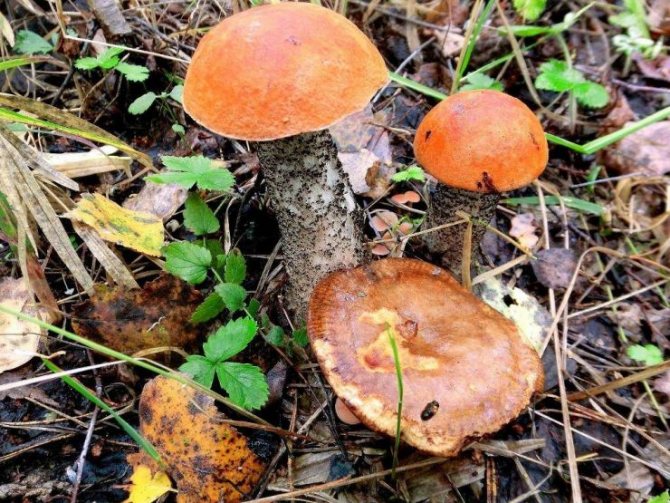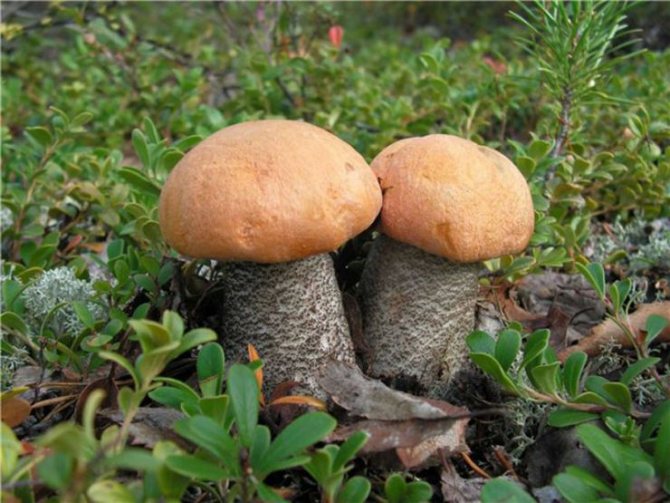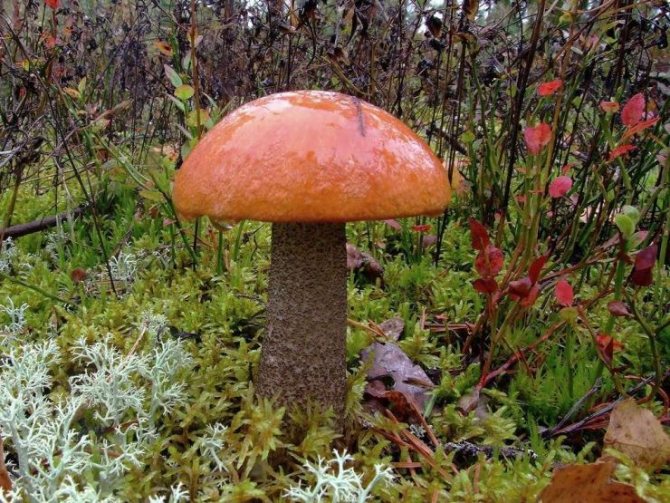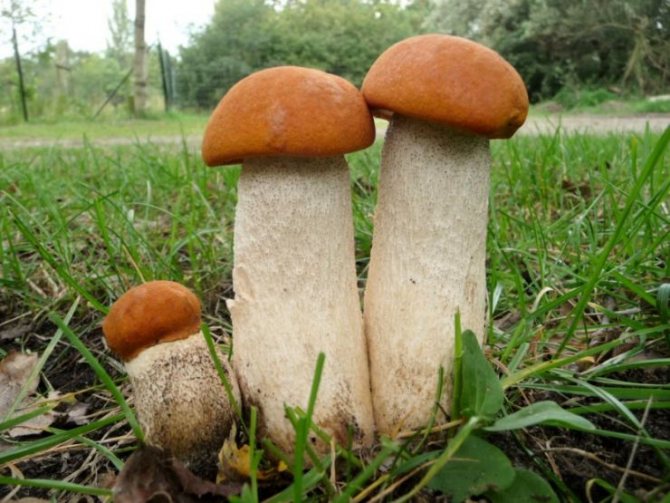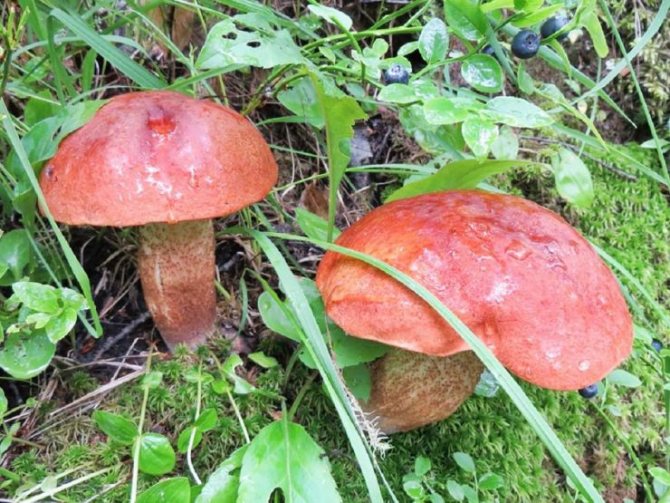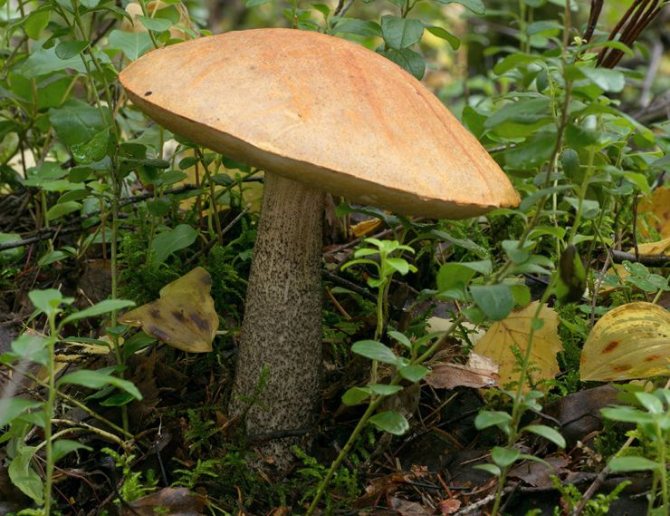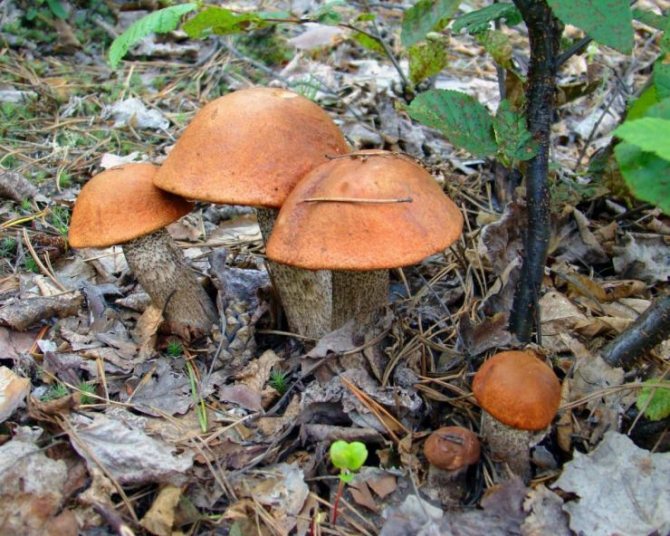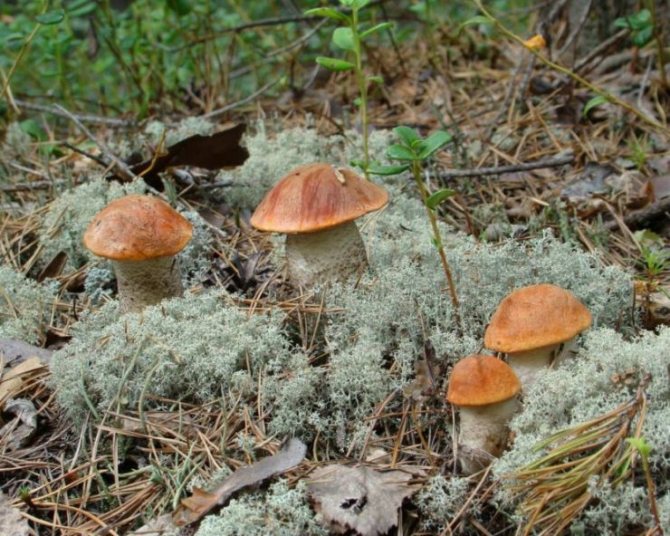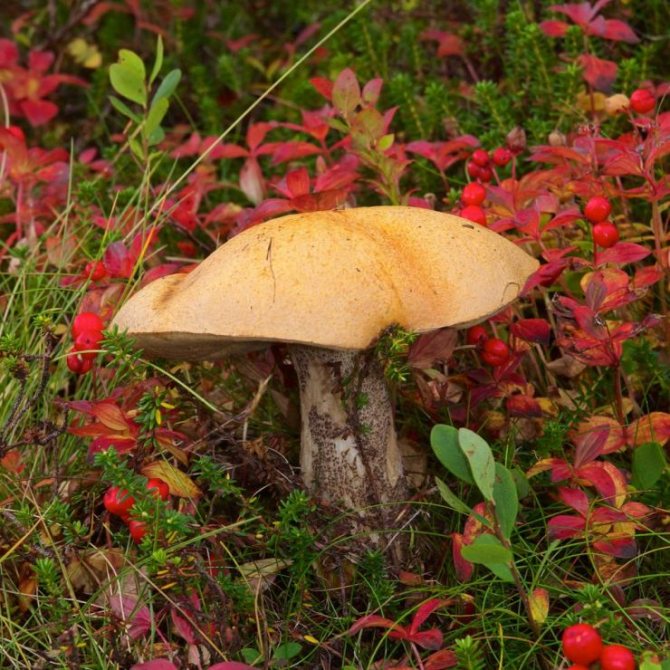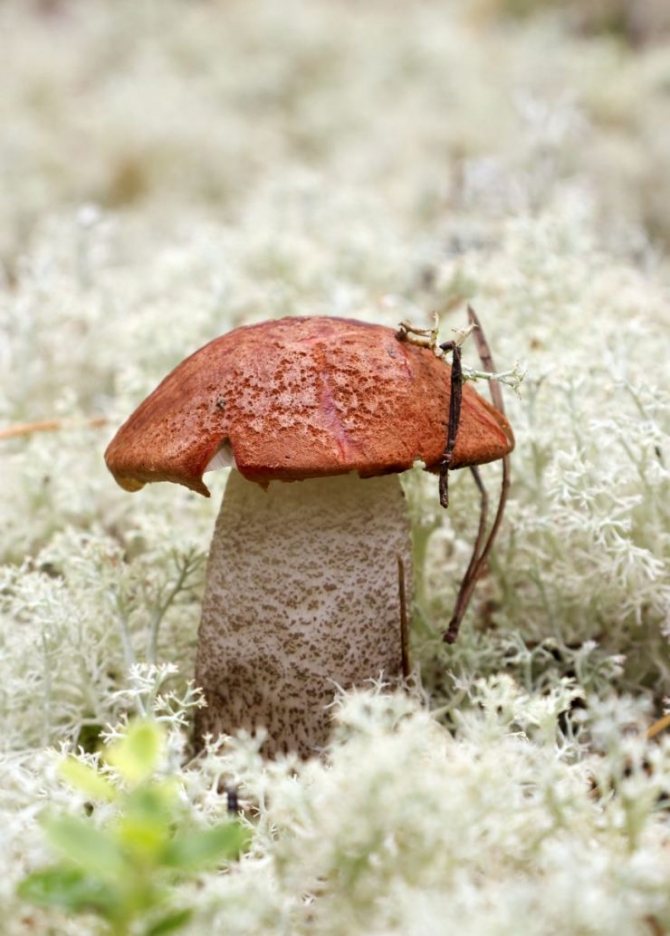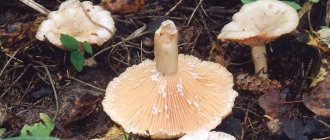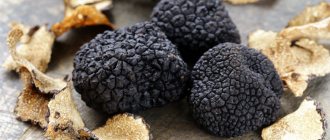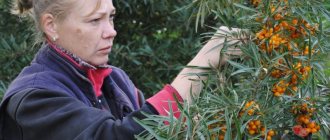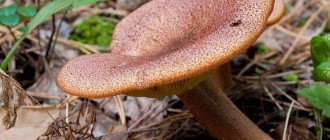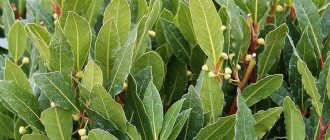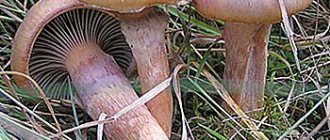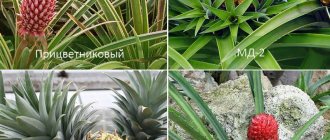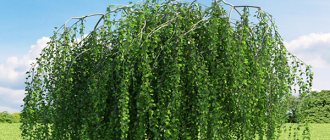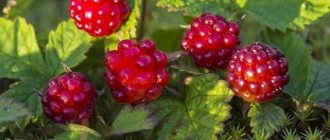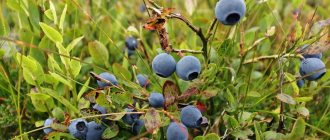Mushrooms
0
1181
Article rating
There are many types of mushrooms that are used in cooking and medicinally. Boletus mushroom is one of the most common, tasty and healthy ones. It grows in deciduous forests and bears fruit between June and late September.
Description of the boletus mushroom
Many titles
The boletus mushroom is one of the most widespread and favorite mushroom gifts of the forest. This is a representative of the genus Leccinum. Has several names.
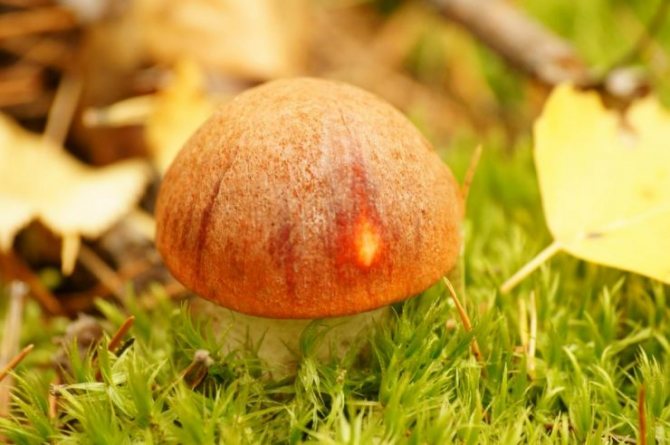
The people may refer to it as aspen, obabok or redhead. Less commonly referred to as red mushroom or krasyuk.
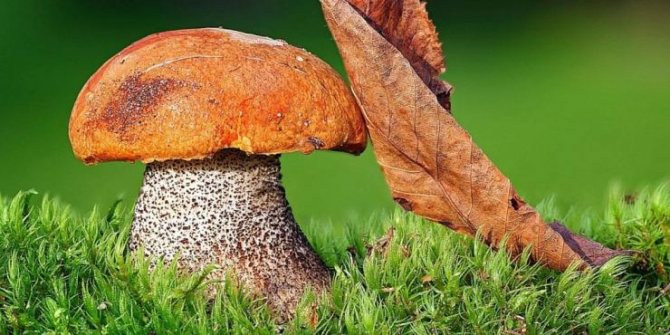

In some regions, it is called a little red riding hood, krasnik or vanka-vstanka.
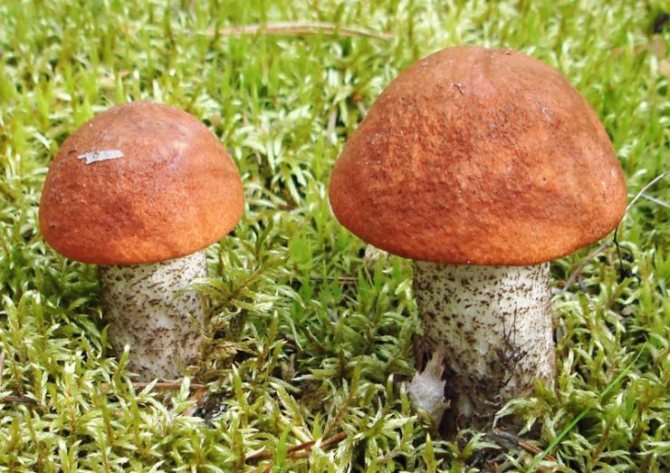

Distribution and collection
Boletus prefers to form mycorrhiza with aspens, but can grow next to any deciduous tree species. It does not grow only in a pine forest. However, it is often found in forests with mixed trees. Boletus boletus can be found all over Russia; some of its varieties are found in North America. Most often, aspen mushrooms settle next to young trees. Some specimens are found even in the tundra, where they settle next to dwarf birches.
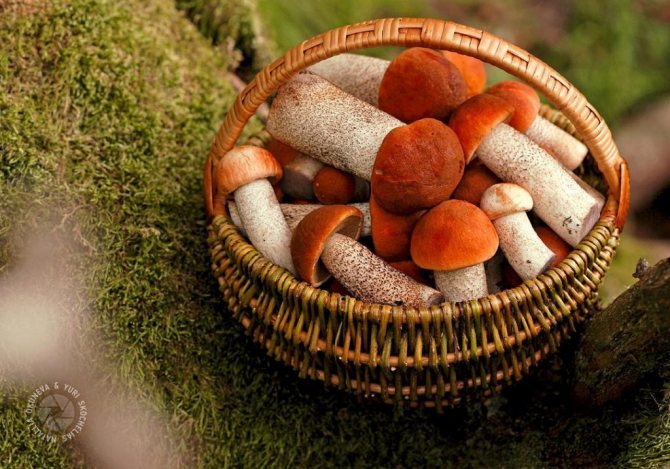

The boletus growth season is all summer and almost all autumn.
There are several generations of these mushrooms:
- Spikelets appear in early summer and grow until July. Usually there are few of them;
- Stubble stubble grows in July, there are already more of them;
- "Deciduous" - autumn, grow in the largest number.
If summer is very rich in precipitation, then separate specimens may appear between these generations. Moreover, during wet periods, the indicated periods of fruiting may not be expressed.
Aspen mushrooms are not "heap" mushrooms, they can often be found singly, but they can grow in small clusters.
Bright mushroom
The mushroom is difficult to confuse with other gifts of the forest. It stands out from the rest with its bright color. It is difficult to miss such a find, because of its saturated color cap.
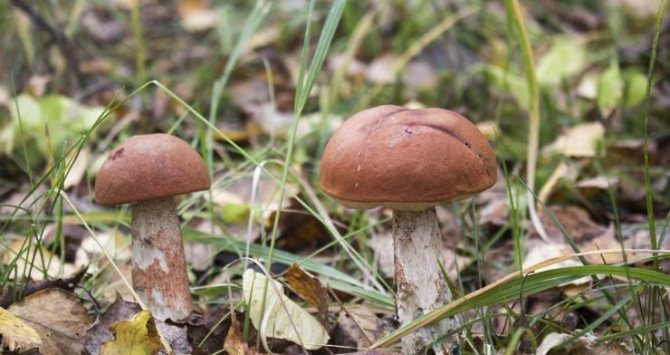

How to distinguish edible and false boletus: comparison, signs of difference
Boletus is a beautiful and safe mushroom. Almost all varieties are considered edible. Therefore, if you know exactly their appearance, you can easily collect them without fear for your own health.
But sometimes many mushroom pickers have a question, how to distinguish a false from an ordinary one? In fact, there is no false fungus in nature. People often confuse it with gorchak. This representative is very similar to a simple boletus.
Gorchak has a bitter taste. But, you will not try it until you distinguish it from a good boletus. It is very difficult to distinguish a normal boletus from a false mushroom by external indicators. But be that as it may, it can still be done.
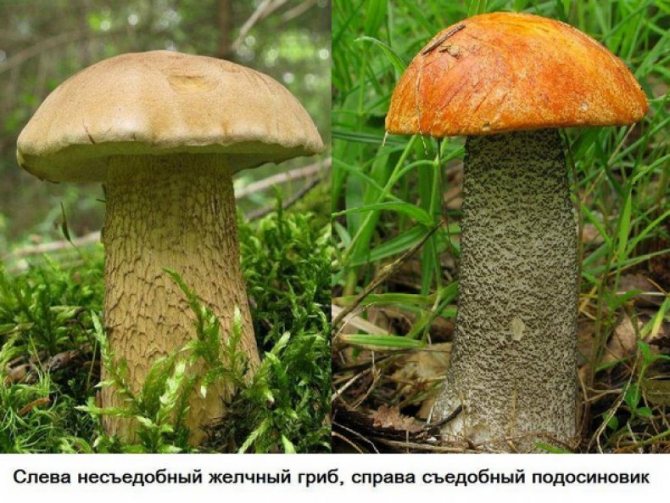

Spurious and edible
- First, take a look at the color of the mushroom. Cut it. Look, the false mushroom has a slightly reddish or pinkish tone. Real boletus is white on the cut, sometimes its color is bluish.
- The next sign is an unusual mesh present on the stem of the mushroom.The false representative has this reddish or yellowish mesh. On an ordinary real mushroom, such additional inclusions are simply absent. The boletus has an even, beautiful tone.
- Also, do not forget that "spoons" can grow exclusively in coniferous forests. You can find such mushrooms near pines and firs. But normal boletus grows only near deciduous trees.
As you noticed, the absence of a sufficiently pronounced toxicity does not mean that the specimen is considered edible. Therefore, if you decide to go for boletus boletus, take a special guide with you. It is better that all representatives of this category of mushrooms, their colors, are described in it, photographs are presented. Also, pictures of false mushrooms should be printed in the guide so that you do not confuse them during harvesting.
Boletus species
In general, boletus boletuses are similar to each other. They are edible and delicious.
Red - This group of edible mushrooms has a red or bright ginger cap with a velvety skin. They are not tied to a specific type of tree, therefore they are found singly and in groups in different forests.
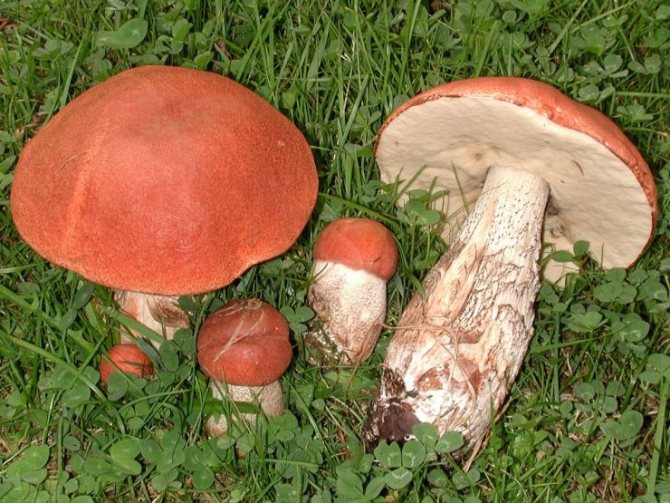

Yellow-brown - this representative prefers birch as companions. The hat is sandy or brown-yellow. He is more often seen growing lonely.
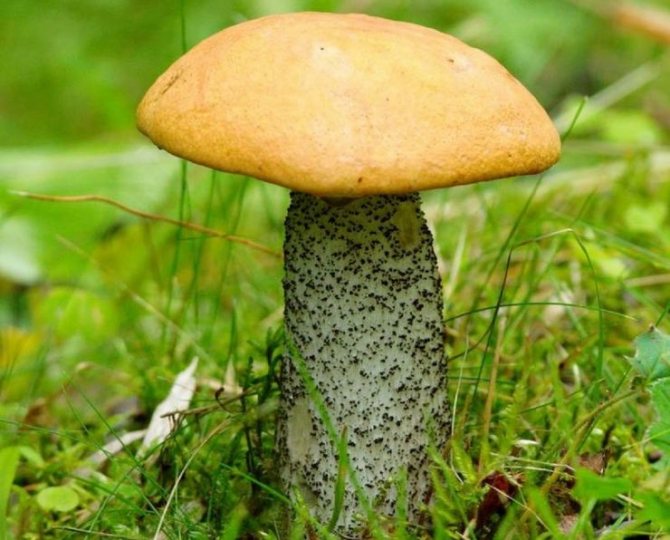

White boletus is the rarest of the species. A distinctive feature is the white cap of the young mushroom. Over time, its color changes to grayish brown. Its leg is covered with scales of light shades.
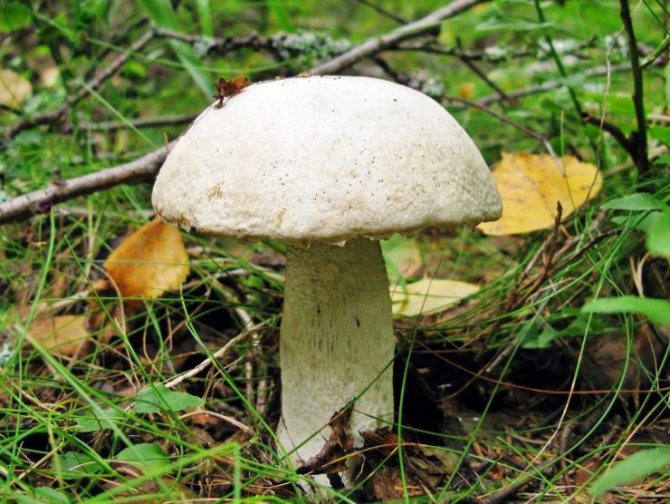

Prefers moist coniferous forests, diluted with birch. During the dry season, it can be found in aspen thickets.
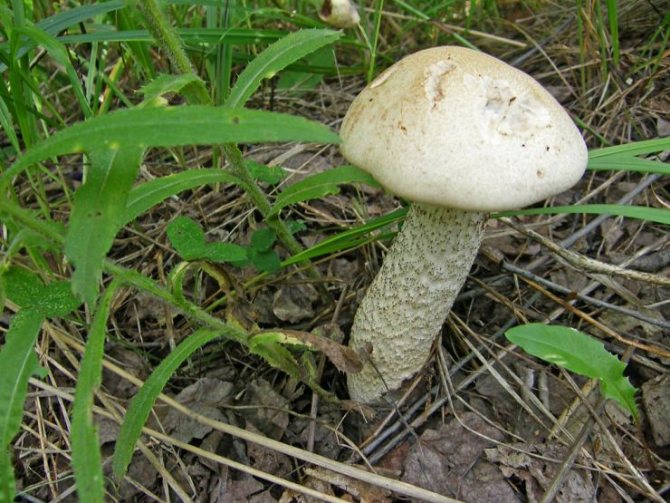

Oak - from the name it follows that this species chooses an oak as a companion. A coffee brown cap with a touch of orange and a stem with dark scales are characteristic of this species.
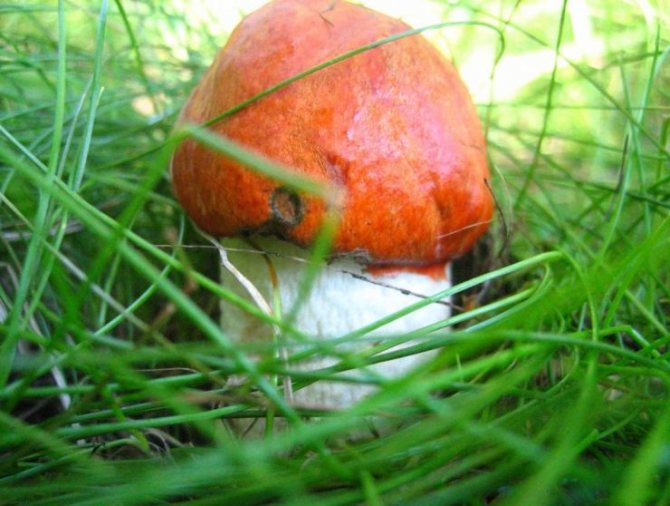

Colored Legs - This species can be misleading and make you doubt its edibility. But doubts are in vain - the mushroom is edible. It is not like the rest of the species. His hat is pinkish, often convex.
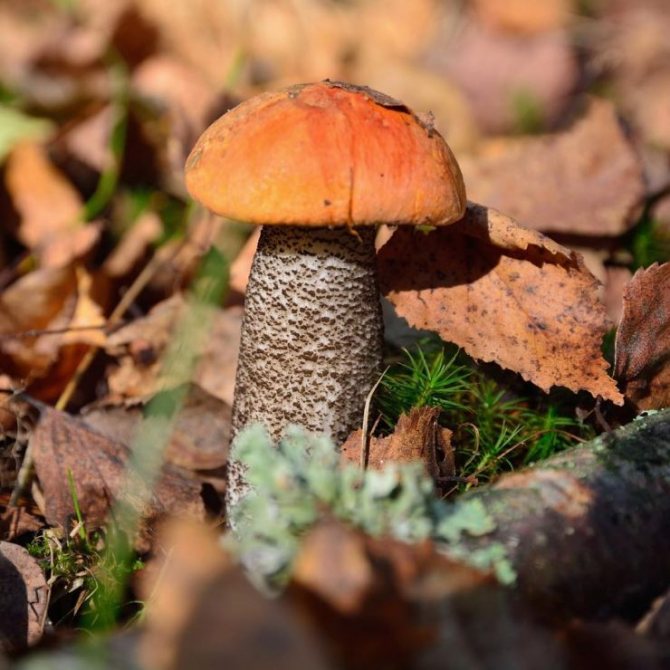

Pine - a raspberry shade on a red-brown cap will not confuse this mushroom with its fellows. This boletus is more common in the pine forest. But he can also choose bearberry as a partner.
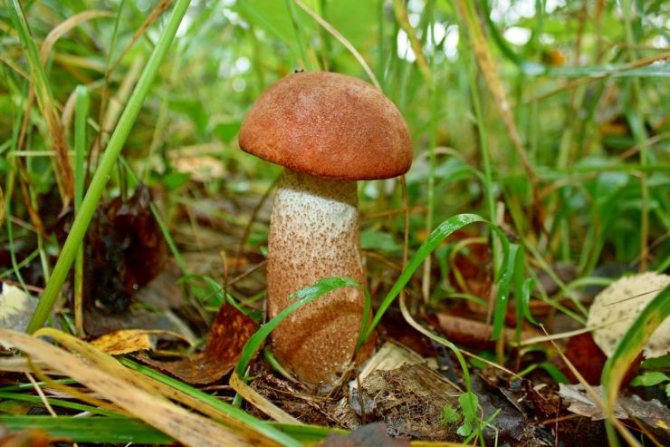

Black-scaled - the caps of this mushroom can be dark red or red with an orange tint, and the stem can have dark reddish scales.
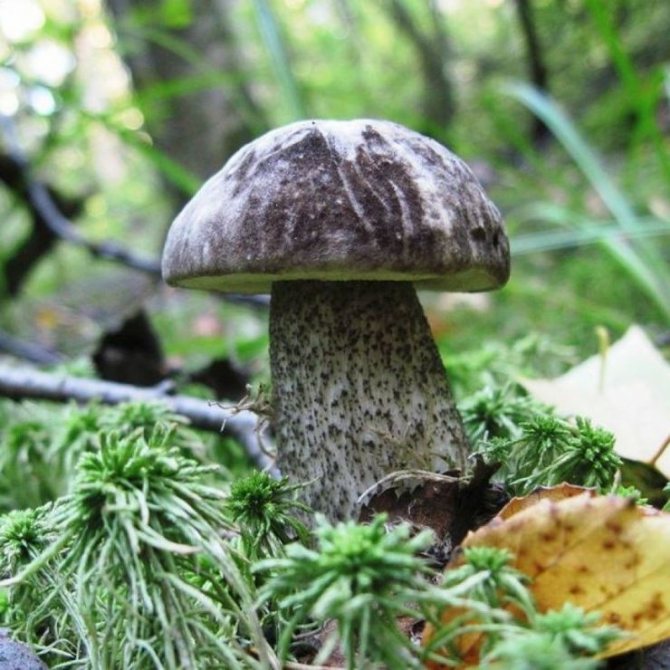

Spruce - more often found under spruce in mixed coniferous forests and oak forests. The color of the cap is predominantly brown-chestnut. Having found one mushroom, you should not stop, as they prefer to grow in groups.
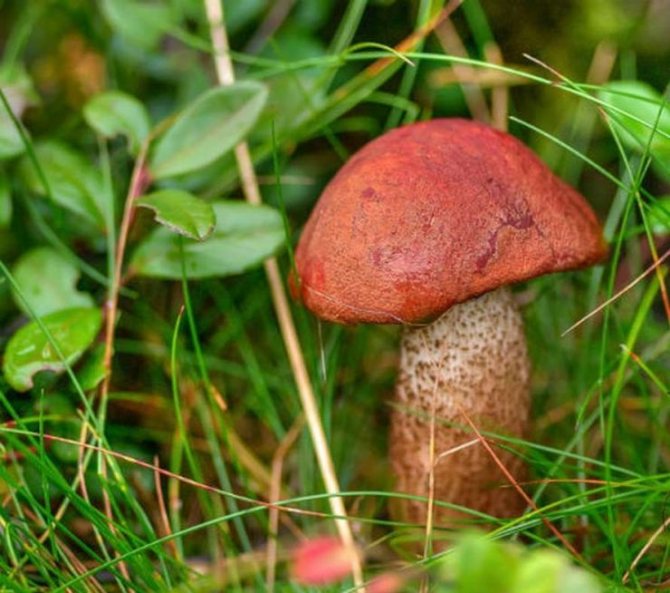

It is difficult to confuse boletus with inedible mushrooms. They have pronounced features of their own kind. Collecting such mushrooms will bring only positive emotions, and the variety of dishes made from them will delight any stomach.
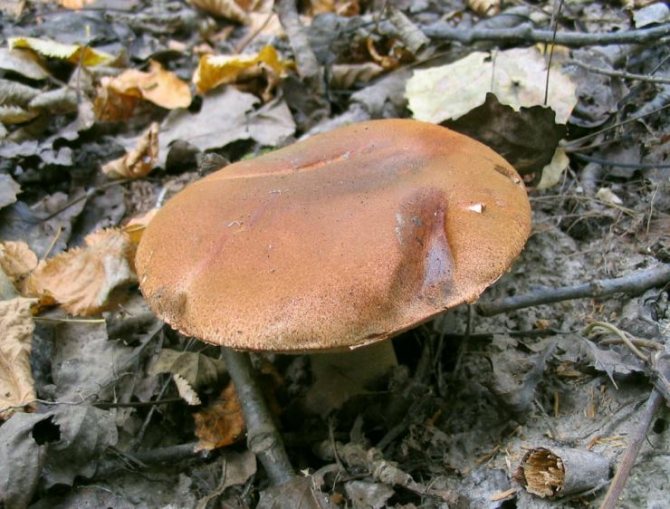

Beneficial features
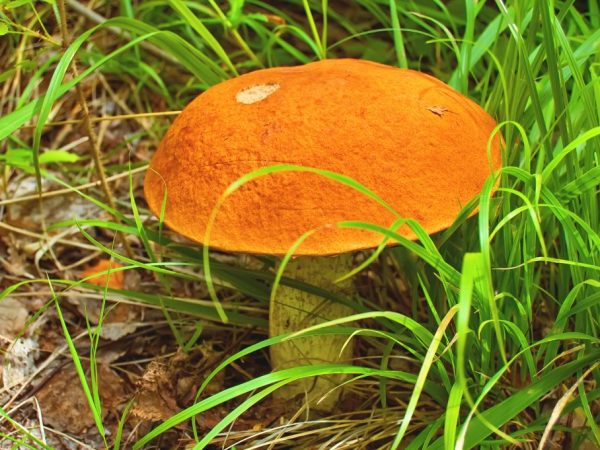

Mushrooms remove toxins from the body
Fresh spruce boletus is not inferior to cereals in terms of vitamin B content, and liver and yeast in terms of vitamin PP content. It also contains many vitamins C, E and A. Useful contents of the mushroom:
- magnesium;
- potassium;
- sodium;
- iron;
- phosphorus;
- lithium;
- calcium;
- ash substances;
- mono - and disaccharides;
- water;
- PUFA;
- alimentary fiber;
- essential amino acids (absorbed by the human body by 70-80%).
Also, the benefit of this mushroom is that it performs the function of an antioxidant and helps to remove toxins and toxins from the body.Redhead mushrooms in the first courses strengthen the immune system, their nutritional value has a positive effect on the blood in case of anemia.
Boletus photo
Interesting Facts
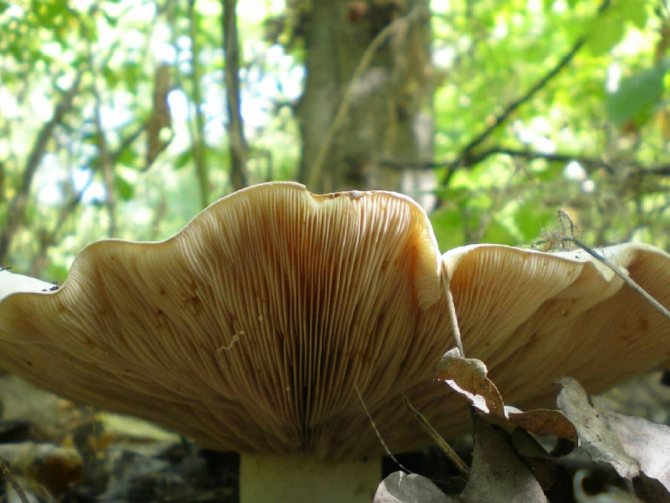

In our forests, such mushrooms are not as valued as their closest relatives - the real milk mushroom or the yellow milk mushroom. However, they do not grow in Europe, therefore they are considered a real delicacy. Many gourmets value them in preparations and pickles for their pleasant crunchiness and dense texture.
Where grow
The boletus mushroom is in close symbiosis with certain types of trees and grows only near their rhizomes. The redhead can grow not only under the aspen, but also under other trees, receiving useful substances from them for its growth and development. In the temperate climatic zone, it is one of the most common mushrooms.
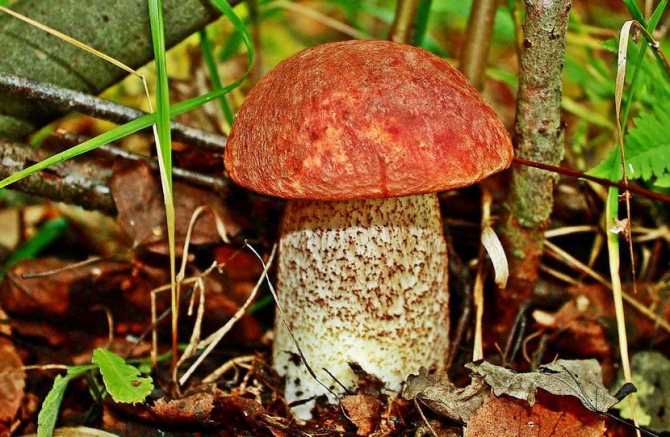

Boletus often grow in groups under birch, oak, beech, spruce and, of course, aspen. They prefer humid low-lying places, abundantly overgrown with moss, and grow along the sides of forest roads.
What time can you find it?
Redheads, depending on the species, bear fruit at different times.
- Spikelets grow sparsely. Their time is the end of June, the first week of July. At this time, yellow-brown and white boletuses bear fruit. They are the first to appear in the forest.
- Stubble stubs appear from mid-July and until August-September, they delight with a bountiful harvest. This species includes black-scaly, red, oak boletus.
- Deciduous trees can be found in the forest from mid-September. They are distinguished by a long fruiting period - they grow until the frosts in October. Until mid-autumn, pine and spruce redheads grow well. This is due to the fact that the needles litter becomes a kind of blanket that protects the mycelium and grown mushrooms from the cold.
When can you collect
FROMyou can pick redheads all summer and autumn, which distinguishes them from other species. Redhead is quite common, and myceliums are found in deciduous or mixed forest in large groups, which simplifies the task of mushroom pickers. In mixed forests where pine trees are present, crops can be harvested even after the first frost. This is due to the release of a large amount of heat from the fallen pine needles.
